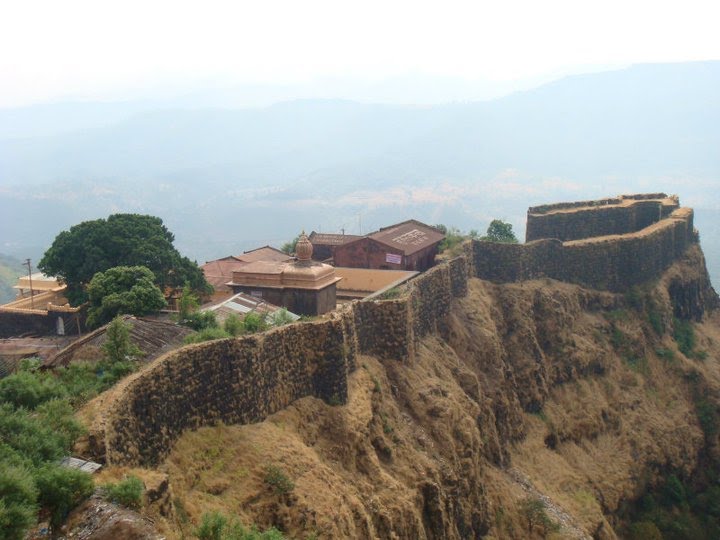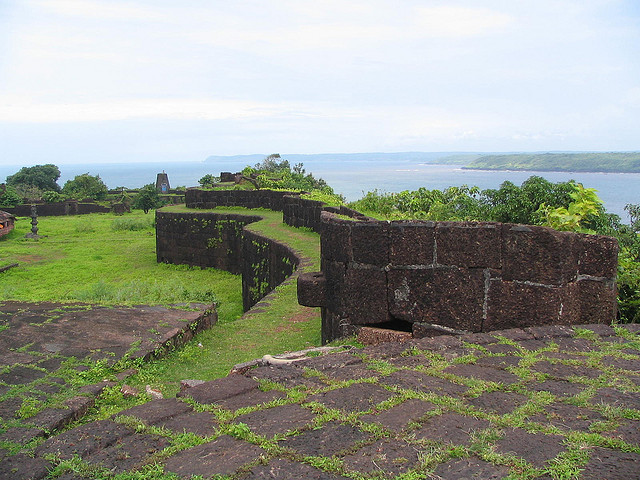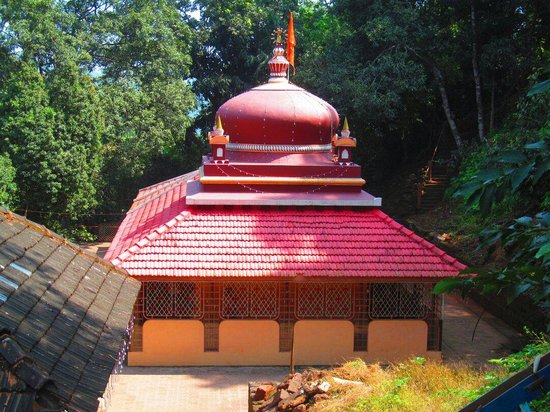Other Places Near Ganpatipule
Jaygad Fort


The front entrance gate of the fort is accessible to a four-wheeler,
and one has to let the vehicle be at the police enquiry gate and proceed further.
There is a tiny door and stone steps at the right side of the entrance which lead to the Jaigad Port.
The out skirts and watch towers of the fort are still intact. One the entrance, One finds the Lord Ganesh Temple.
The Vijapurkars erected this fort with 20 watch towers but couldn't hold it for long.
The Naiks of Sangmeshwar fought it over from Vijapurkars, who attempted twice with the Portuguese
assistance to win it back in 1583 and 1588. But in Vain were those attempts. Later in the rule of Shahu
Maharaj in 1713, the fort was in Kanhoji Angre's custody. The mentions of its being in Maratha
custody are vague in the registers. Later in 1818, the fort was handed over to the British without
much protest like many other forts. There were 55 canons on the fort up to 1862. Today there is none!
There are just the ruins of at wostoried construction and a watch tower named - Madicha Buruj.
There is a trench at the side of land to the fort, carved lotus flowers at the door and strong out skirting
to the fort from even the side of the water body. The external parts are all rocky where the sea-waves
zoom in-out eternally. But the sun-set experienced from the watch-tower of the fort takes one to a
different world!
Karhateshwar
At the left of the Jaigad fort, we witness a triangular pole at which a left ward road leads to
Karhateshwar temple and Jaigad light house. The temple is situated on big rock close to a cliff at the sea-shore.
You can enter the premises by descending the permanent steps constructed for the same.
The renovated temple has the Shiv-Ling established for devotees. There are stone steps to descend even closer to these
where are one can find a brook gushing out of sculpted mouth of a cow (GoMukh). This water has a specific sweet flavour.
In the campus, there is a place named 'Bobhati Ganga'. The infinite water body of the ocean and raging waves attacking the
black rocks is an experience that makes viewer meditative and introvert for a moment!
Shri-Laxmi-Keshav Temple - Kolisare


On the way from Jaigad to chafe, 8 Km prior to Chafe diversion, there is a way-left to Kolisare village.
One has to face a 2km zigzag steps slope road at the end of which there is a right turn with rough road.
Close to that turn is Laxmi-Keshav Temple. Close to the vacant ground there is a stone-stepped channel (Pakhadi) going towards the valley.
The temple is engulfed with tranquillity and dense forest. Mountain at a side, plain at both the sides and deep valley at the fourth
side topped with crystal clear water-brook running through out the year! Metaphysical tranquility, cool green vegetation and closure
with Laxmi-Keshav idol.... which is very ancient. The 5 feet idol is made up of reddish black shaligram stone from the Gandaki river
in Nepal and exhibits the finest skills of ancient sculpture. This is a four armed idol. The upper right hand has a horn
(Shankha), lower right hand holds a lotus, the upper left hand has a cycle (Chakra) and the lower left hand holds mace (gada).
Considering this sequence of weapons, this proves it self the idol of Lord Keshav. There are 24 nomenclatures of his incarnations
according to the different placement of these weapons. The carving on this idol is extremely beautiful and we may find dashavtar
scarved on the surrounding decore.